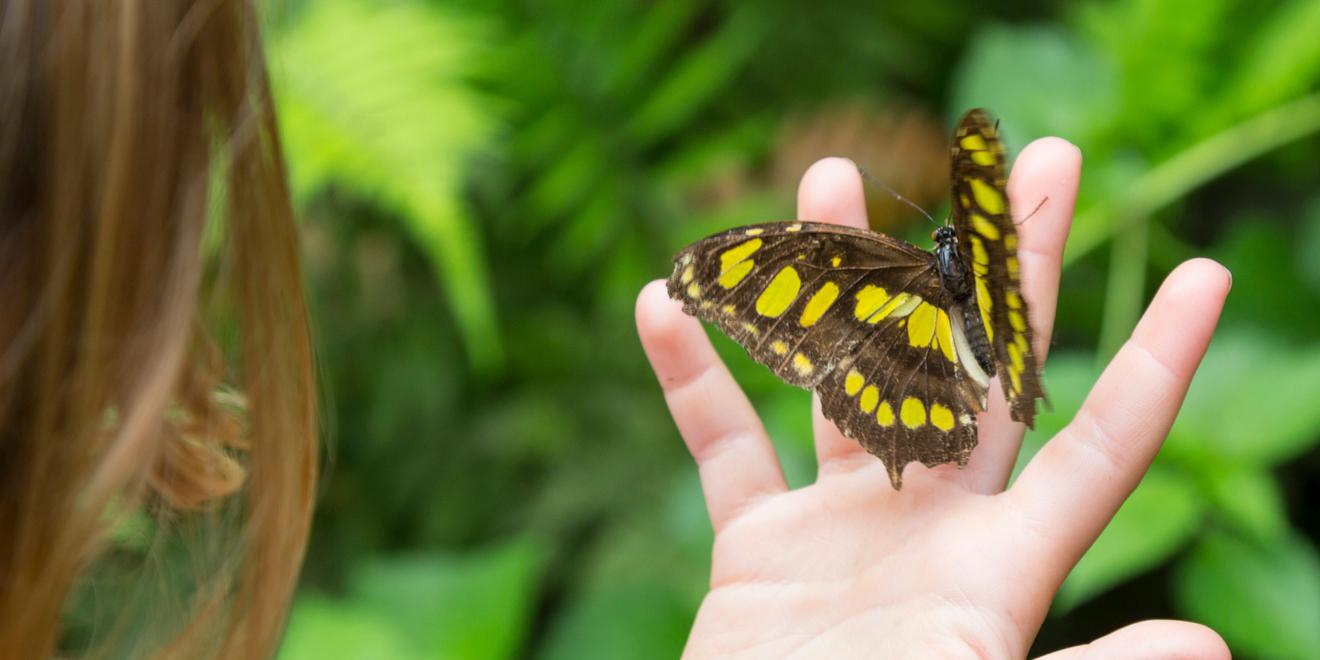Do Certain Trees Attract Bugs?
Posted by Mosquito Squad
July 29, 2024

Trees provide beauty and wildlife habitats. However, bugs could be included in that wildlife.
Not only are Texas pests a nuisance, but they can also be harmful to your health or even the health of your trees. Some of our indigenous trees, like pecan trees and mesquite trees, attract aphids and beetles, respectively. Understanding which trees are most likely to attract bugs to your yard - and why - can help you make informed choices about your landscaping. Here are four more types of trees that are notorious for attracting bugs to your yard.
Oak Trees Can Attract Bugs.
Majestic, long-lived oak trees are a popular choice for many home and business owners. However, they are also known for attracting a variety of insects. One common pest is the oak tree caterpillar, which feeds on the leaves and can defoliate large portions of the tree. Another is the oak gall wasp, which creates unsightly galls on leaves and twigs, which can weaken the tree over time.
Our indigenous Chinquapin oak can attract game birds and mammals, as well as migrant birds and other small mammals. This is great for birdwatchers and animal lovers, but keep in mind, those animals can carry ticks into your yard.
Pine Trees Might Attract Pests.
Pine trees are another common feature in many yards, valued for their evergreen foliage and pleasant fragrance. Pine trees can attract bugs, such as aphids and sawflies, both of which feed on the needles and should be controlled. The resin produced by pine trees can also attract other insects looking for food and shelter.
Two of our indigenous evergreens, the bald cypress and ashe juniper, can additionally offer ample shade by way of low-hanging branches, for ideal tick habitats.
Maple Trees…Yep, They Can Harbor Pests Too.
Maple trees are beloved for their shade canopies and vibrant fall foliage. However, they are prime targets for several pests. The most notable is the Asian long-horned beetle, which bores into the trunk and branches, weakening the structure of the tree and potentially killing it. Maple trees are also prone to aphids, like other trees on this list.
Bugs Love Fruit Trees as Much as We Do.
Fruit trees, including apple, apricot, and pear trees, are highly attractive to a variety of bugs due to their abundance of food. Codling moths, for example, lay their eggs on the fruit, and the larvae burrow inside, ruining the fruit. Aphids and mites are also common pests, feeding on the leaves and new growth. Fruit trees can attract bees and wasps, which, while beneficial for pollination, can become a nuisance. Our Texas persimmon trees are exceptions to the rule, said to be virtually pest-free.
Fallen fruit from trees, like our indigenous fig, peach, and plum trees, can also be a huge attractant for ants and flies.
How To Minimize Bugs’ Attraction to Your Trees
Implement pest management, including frequent tree inspections, using traps, and using professional pest control. Caring for your trees by performing proper fertilization, watering, and pruning will additionally help allay bugs and other pests.
Search Fort Worth bug control and call Mosquito Squad.
Mosquito Squad of Fort Worth is ready to help you address your pest problem with regular treatments outside of your home or business. Our goal is your complete satisfaction – read about our 100% satisfaction guarantee.
Call Mosquito Squad for a complimentary Fort Woth bug control assessment. Get in touch with us by filling out our form online or calling us at (817) 835-8694 for a free quote.















